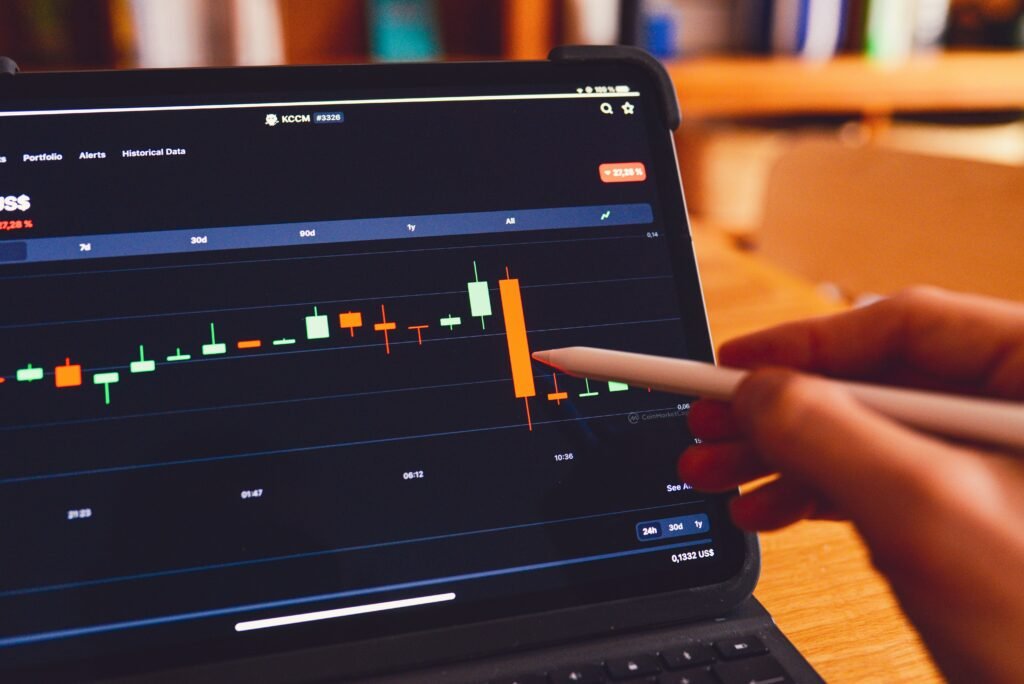By BlockAI
SharpLink Gaming’s plan to move a slice of its $3.6 billion ETH treasury into Linea’s validator set puts ETH staking back in the headlines. Traders and institutions are watching as ETH staking strategies evolve alongside proposals for 24/7 trading and a miner pivot into AI services. This piece summarizes who is moving, what changes are coming, when they matter, where activity is concentrated, why the moves make sense, and how firms are executing ETH staking today.
Linea network staking
SharpLink’s decision to use the Linea network when it reaches mainnet shows a trend: large holders want diversified ETH staking routes. ETH staking on Layer 2s and new networks can offer different reward profiles and custodial requirements. Moving some supply off traditional custodians like Anchorage or Coinbase is a risk-adjusted play to chase higher yields.
Why 24/7 trading matters
Regulators including SEC chair Paul Atkins and CFTC acting chair Caroline Pham are discussing 24/7 trading to reflect crypto’s always-on nature. If U.S. markets open round-the-clock, institutions doing ETH staking may adjust liquidity windows and unstaking plans. Greater market hours affect how quickly ETH staking rewards can be realized or reallocated during volatility.
Bitcoin mining ai shift
Public miners such as TeraWulf, Iris Energy, and Marathon showed how pivoting assets can change valuations — their move into GPU hosting and Bitcoin mining ai services pushed market caps higher. Although this is a Bitcoin-centric trend, ETH staking sits alongside these infrastructure plays as a yield-driven option for long-term holders and treasuries.
Crypto custody revival
U.S. Bank’s renewed interest in crypto custody underscores institutional demand for on-ramps tied to ETH staking and direct BTC purchases. Custodians influence where ETH staking occurs by offering or withholding validator services. Strategy firms accumulating Bitcoin and Japanese treasuries like Metaplanet suggest institutional balance-sheet diversification across both ETH staking and BTC holdings.
SEC and CFTC regulation
Policy shifts will shape the mechanics and accessibility of ETH staking. SEC regulation and CFTC regulation dialogues aim to clarify trading hours, product listings, and custody rules. A clearer framework could encourage more institutional ETH staking while reducing operational friction for large treasuries.
What this means for investors
Expect more large holders to experiment with ETH staking across new networks. Watch validator decentralization, unstake timelines, and custodian product changes. If 24/7 trading advances, market liquidity and reaction times for ETH staking rewards will tighten, impacting strategies for both traders and treasuries.
Frequently asked questions about ETH staking (FAQ)
Q: What is ETH staking?
A: ETH staking is locking ETH to secure the network and earn rewards via validators.
Q: Why do firms use Linea network for ETH staking?
A: Some firms prefer Linea network staking for alternative reward structures and different custodian options.
Q: Will 24/7 trading affect ETH staking?
A: Yes. 24/7 trading can change liquidity and unstake timing, influencing how stakeholders plan ETH staking.
Q: How do miners shifting to AI impact ETH staking?
A: The miner pivot shows infrastructure monetization; ETH staking remains a complementary yield source for holders.
Q: Do regulations matter for ETH staking?
A: Definitely. SEC regulation and CFTC regulation set custody and trading rules that shape institutional ETH staking.
If you want a deeper breakdown of SharpLink’s move or how Linea network staking compares to custodial options, I can follow up with charts and validator comparisons.



